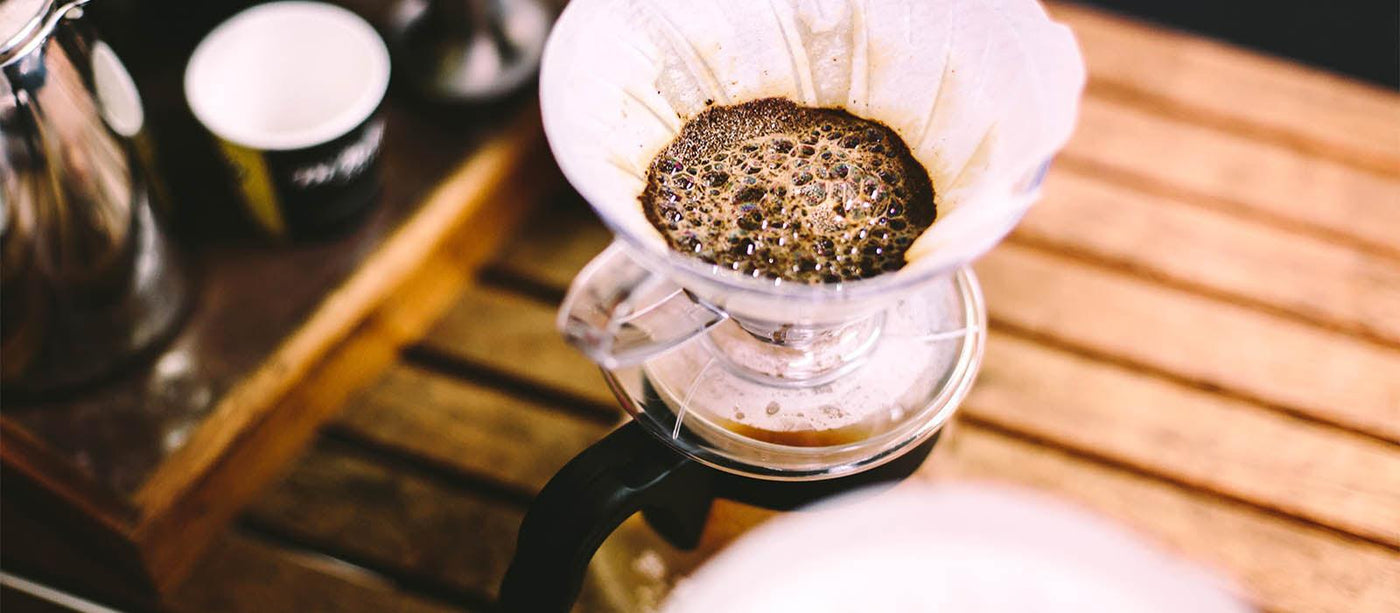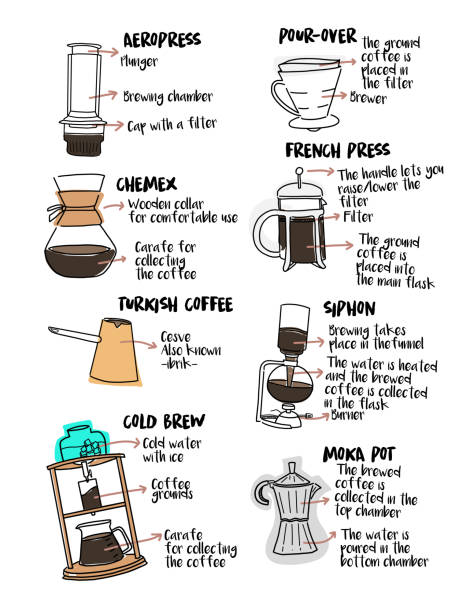The Science Behind Coffee Brewing: Exactly How Temperature Level and Time Affect Your Drink
Understanding the science behind coffee brewing reveals that temperature and time are not simple variables however pivotal elements that dictate the beverage's taste account and general high quality. The optimum developing temperature level usually drops in between 195 ° F and 205 ° F, while the period of extraction differs considerably across different techniques. This interplay of aspects can cause a mug that is either delightful or disappointing. As we explore the nuances of these elements, the question arises: just how can one effectively balance temperature level and time to attain that excellent mixture?
The Chemistry of Coffee Removal
The chemistry of coffee extraction explores the detailed procedures that transform raw coffee beans right into the fragrant beverage taken pleasure in worldwide. This change mainly involves the solubility of various substances existing in the beans, which are influenced by factors such as work size, water high quality, and the brewing approach utilized.
Throughout the brewing process, warm water functions as a solvent, extracting soluble substances, including high levels of caffeine, sugars, acids, and lipids, from the coffee grounds. Each substance adds to the taste profile, fragrance, and body of the last drink. As an example, acids are liable for bright and tangy notes, while oils add to a rich mouthfeel.
The initial stages of brewing essence acids and sugars, leading to a pleasurable level of acidity, while long term removal can lead to anger due to over-extraction of undesirable compounds. Understanding these chemical interactions is vital for optimizing brewing methods, as the equilibrium in between extraction time and water temperature can substantially affect the total top quality of the coffee.
Perfect Developing Temperatures
Discovering the ideal brewing temperature is vital for unlocking the full potential of coffee tastes and fragrances - coffee brewing methods. Study shows that the ideal variety for brewing coffee exists in between 195 ° F to 205 ° F(90 ° C to 96 ° C) Within this array, the extraction process efficiently liquifies the desirable soluble substances in coffee beans, resulting in a delicious and well balanced cup
Developing at reduced temperature levels, such as listed below 195 ° F(90 ° C ), may result in under-extraction, yielding a weak and acidic mixture with muted tastes. On the other hand, brewing at temperature levels surpassing 205 ° F(96 ° C) can result in over-extraction, creating a harsh and bitter preference because of the excessive dissolution of unwanted compounds, such as tannins.
Furthermore, the perfect developing temperature can differ depending upon the coffee bean kind and roast degree. Lighter roasts often profit from slightly greater temperatures to improve their intricate flavor accounts, while darker roasts may be much better suited to lower temperature levels to mitigate resentment.
Ultimately, preserving precision in developing temperature levels is essential for accomplishing a harmonious equilibrium of tastes, ensuring that every cup of coffee provides a gratifying sensory experience.
Impact of Brewing Time
Brewing time plays an essential role in determining the flavor profile and overall quality of coffee. Shorter brewing times can result in under-extraction, leading to a weak or sour flavor, as not enough soluble compounds are liquified.
Optimum developing time varies depending upon the method used and the work size of the coffee. For example, a French press typically calls for concerning four minutes, while coffee removal is normally finished within 25 to 30 secs. It is necessary to adjust developing time in conjunction with other useful content variables, such as water temperature level and coffee-to-water ratio, to attain the wanted taste profile.
Comprehending the impact of developing time allows coffee fanatics to fine-tune their developing methods, eventually improving the sensory experience of their cup (coffee brewing methods). With careful focus to this variable, one can unlock the complete capacity of the coffee, disclosing its special qualities and subtleties
Brewing Approaches and Their Impacts

For circumstances, methods like French press and chilly mixture permit a much longer steeping time, resulting in a fuller body and robust taste as a result of increased removal of oils and soluble solids. On the other hand, coffee brewing utilizes high pressure and a shorter removal time, producing a focused shot that stresses intense flavors and a rich crema.
Pour-over methods, such as Chemex or V60, use a more regulated removal procedure, permitting the maker to manipulate flow price and water circulation, which can improve illumination and quality. Percolation methods cycle water via the coffee grounds multiple times, leading to a stronger, often bitter flavor.
Lastly, using paper filters versus steel filters can additionally influence the last preference; paper filters commonly produce a cleaner mug by capturing oils and fine bits, while metal filters allow more oils to pass through, adding to a fuller mouthfeel - coffee brewing methods. Understanding these subtleties can boost the coffee experience dramatically
Tips for Improving Your Brew
A well-executed brew can change also the easiest coffee into an exceptional experience. Grind the beans just prior to making to take full advantage of quality, ensuring the work size matches your developing method-- coarser for French press and finer for coffee.
Water quality plays an essential role; use filtered water complimentary from contaminations. The optimal developing temperature level varies between 195 ° F and 205 ° F(90 ° C to 96 ° C ) As well warm can scorch the coffee, while as well amazing might under-extract flavors.
Timing is similarly essential. For immersion techniques, soaking for 3 to five mins is optimal, whereas drip techniques usually take about 5 minutes. Explore brew times to discover your recommended stamina.

Conclusion
In summary, the intricate relationship in between temperature and time is vital in the coffee developing process. Complying with ideal brewing temperatures between 195 ° F and 205 ° F, together with specific timing customized to every technique, guarantees a fantastic read the preferred taste account is achieved. Understanding these scientific principles equips people to fine-tune their developing my sources methods, eventually bring about an extra enjoyable and well balanced coffee experience. Proficiency of these variables is important for any coffee fanatic seeking excellence in their drink.
Recognizing the science behind coffee brewing reveals that temperature and time are not simple variables but crucial components that determine the beverage's taste account and overall quality. Recognizing these chemical communications is essential for optimizing developing methods, as the balance in between extraction time and water temperature level can dramatically affect the overall top quality of the coffee.Brewing time plays a pivotal duty in figuring out the flavor profile and general quality of coffee. By concentrating on these elements-- bean top quality, grind size, water temperature level, steeping time, and ratio-- you can raise your coffee brewing process, resulting in a consistently premium cup.
In recap, the elaborate partnership between temperature level and time is critical in the coffee developing process.